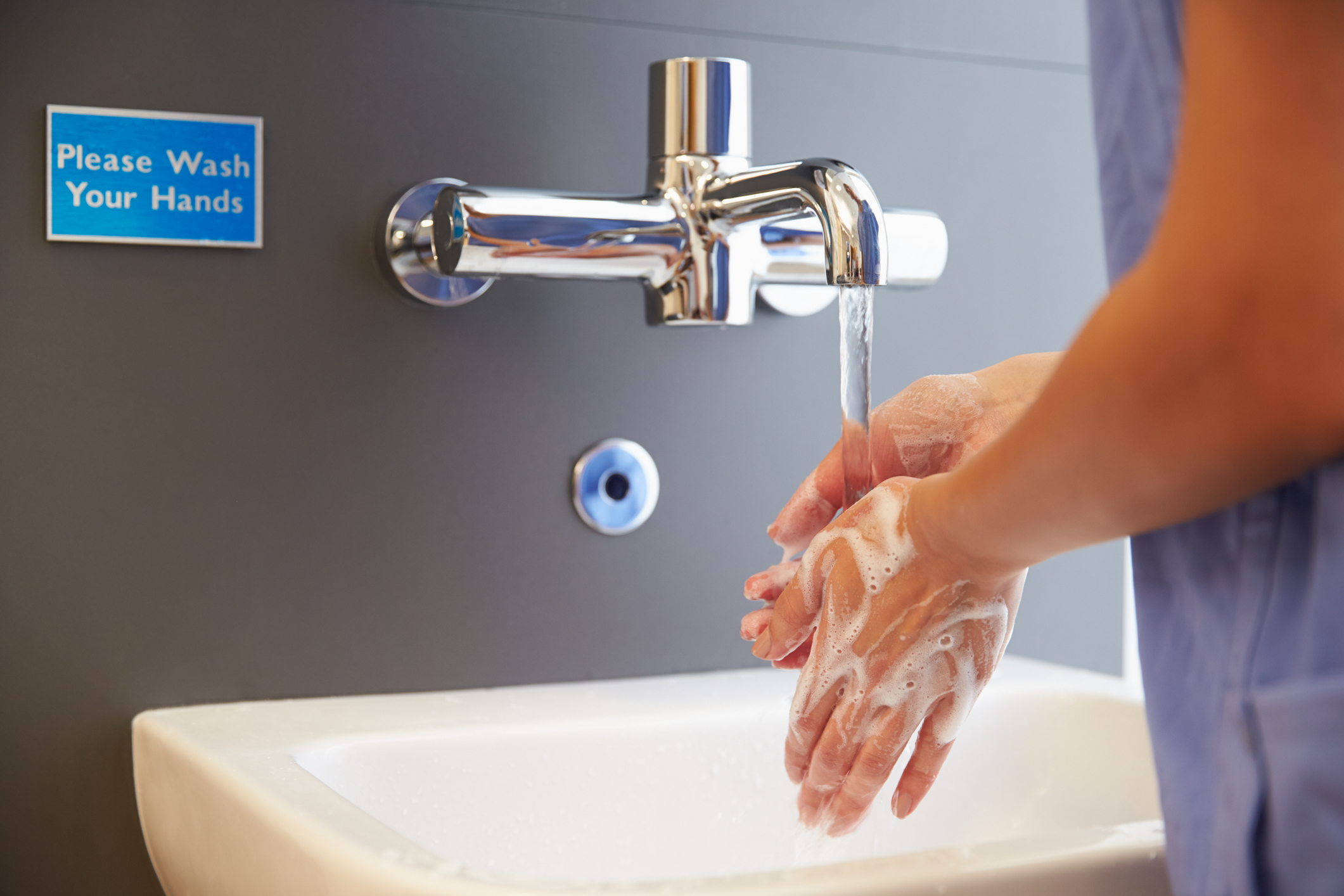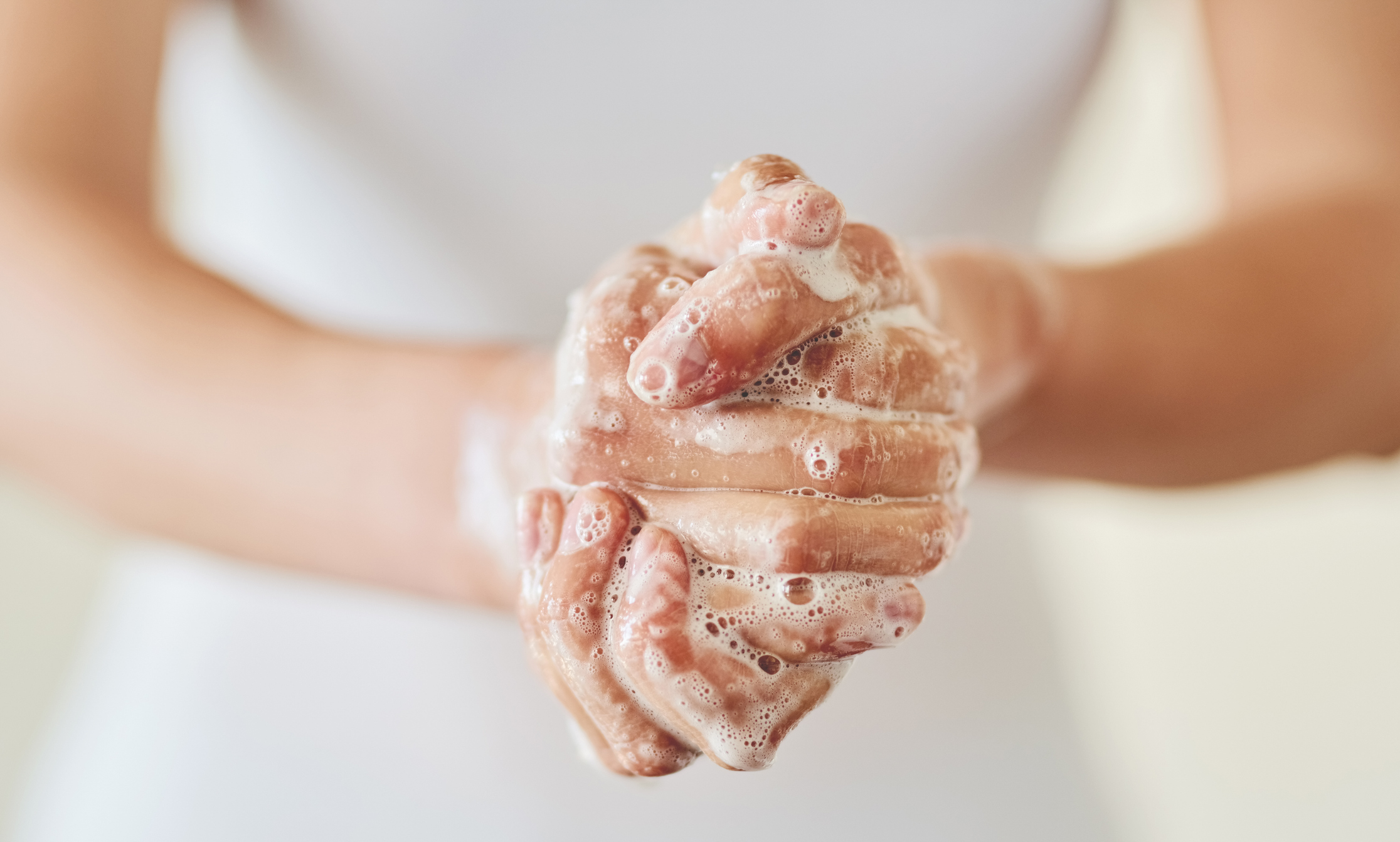In healthcare, ensuring patient safety heavily relies on practices like healthcare hand hygiene and is essential for building trust and delivering quality healthcare. Among the complex procedures and technologies used today, effective hand hygiene stands out as a simple but profoundly impactful safety measure. While often viewed as basic, consistent practice is vital for clinical outcomes and the overall efficiency of healthcare operations. This article explores the evidence-based role of hand hygiene and why supportive systems are crucial for making it happen effectively.
Healthcare-Associated Infections (HAIs)
The Ripple Effect and the Role of Hand Hygiene
Healthcare-Associated Infections (HAIs) represent a major challenge globally. Beyond the direct suffering and potential complications they cause for patients, HAIs lead to longer hospital stays, increased treatment complexity, and place additional strain on already busy healthcare staff. Furthermore, the financial burden is substantial, costing healthcare systems billions annually, $28.4 to $33.8 billion. These consequences ripple outwards, affecting patient flow, resource allocation, and overall confidence in care delivery. Reducing HAIs is therefore not just a clinical goal, but an operational and financial priority, directly influenced by consistent healthcare hand hygiene practices.
Healthcare Hand Hygiene
A Simple Yet Powerful Defense Against Infections
How can something as simple as washing or sanitising hands make such a difference? The power of healthcare hand hygiene, despite its simplicity, lies in its ability to break the chain of infection. Many pathogens responsible for HAIs are transmitted via contact, primarily through the hands of healthcare workers, patients, and visitors moving between individuals and the environment. Effective healthcare hand hygiene physically removes or inactivates these germs, directly interrupting this primary transmission pathway before they can cause harm. It’s a foundational defence mechanism that underpins countless other safety protocols.

The Evidence is Clear
Why Healthcare Hand Hygiene Matters
The critical role of hand hygiene isn’t just theoretical; it’s backed by extensive evidence. Leading health organisations like the World Health Organisation (WHO) emphasise that proper healthcare hand hygiene can prevent up to 50% of avoidable infections acquired during health care delivery. Numerous global studies consistently demonstrate significant reductions in overall HAI rates and specific infections when hand hygiene compliance improves within facilities. While results vary, the message from the data is definite: better hand hygiene leads to safer patient outcomes.
Making Healthcare Hand Hygiene Compliance a Reality
Of course, the benefits seen in studies rely on healthcare hand hygiene being performed correctly and consistently. This means not only using the proper technique (covering all surfaces, using adequate product, rubbing for the required duration) but also performing it at the critical moments, such as the internationally recognised WHO 5 Moments for Hand Hygiene – during the flow of care.

Creating an Environment for Success
Achieving consistent practice requires more than individual effort; it demands a supportive organisational culture and infrastructure. This is where everyone connected to healthcare has a role:
Leadership Commitment to Healthcare Hand Hygiene
Making hand hygiene a visible priority signals its importance.
Accessible Supplies: Essential for Effective Hand Hygiene in Healthcare
Ensuring easy access to functioning sinks, appropriate soaps, effective alcohol-based hand rubs, and proper drying materials exactly where care is delivered is non-negotiable. The quality of these products also matters for efficacy and skin tolerance.
Ongoing Education and Reminders for Healthcare Hand Hygiene Practices
Regular training and visible cues help keep best practices top-of-mind.
Workflow Integration: Making Hand Hygiene Easier in Healthcare Settings
Designing workflows and environments that make performing hand hygiene easy and intuitive.
Fostering a Culture of Safety that Prioritizes Healthcare Hand Hygiene
Fostering an environment where everyone feels empowered and responsible for speaking up and adhering to protocols, from clinicians to support staff to visitors.
Clean hands are fundamental to a safer, more efficient, and higher-quality healthcare system. The evidence is clear: prioritising hand hygiene demonstrably reduces infections, protects patients, supports staff, and even alleviates financial pressures. Building an environment where effective hand hygiene is seamlessly integrated into every aspect of care requires a collective commitment, supported by the right resources and a strong safety culture.
Infection prevention and control


